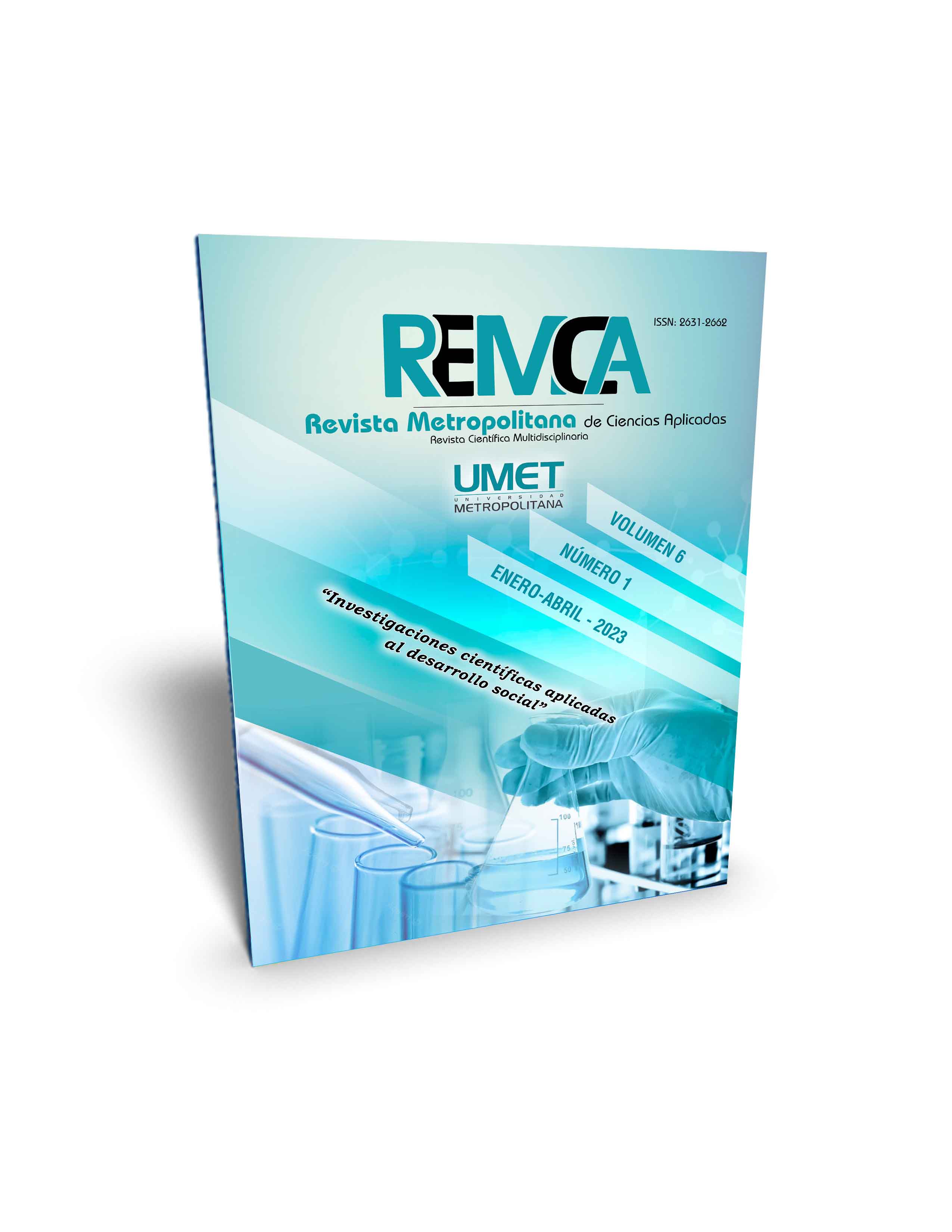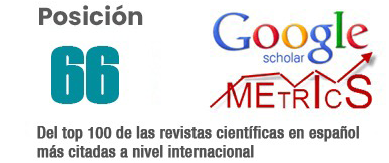Formulation of an Aloe Vera L. Toothpaste gel with medicinal properties
DOI:
https://doi.org/10.62452/9s14qq32Keywords:
Dentifrice, Aloe Vera L., gel, natural productsAbstract
There are various dental pathologies related to oral dysbiosis, where an overpopulation of pathogenic microorganisms is revealed, capable of triggering diseases that endanger the oral health of individuals who suffer from it, such as Gingivitis and Periodontitis. In the present work, an experimental study was carried out in the period between the months of September 2020 and June 2021. A toothpaste gel with medicinal properties was formulated from Aloe Vera L., in which, once the gel was obtained of said product, its compatibility with the other components of the formulation was evaluated and subsequently its physicochemical and microbiological stability was determined for a period of sixty days. We worked with 3 batches and 3 replicates. Sampling for trials was always random and variance between samples was determined for each trial. The results showed that the Aloe Vera L. gel obtained is compatible with the other components of the formulation and that it meets the requirements of physicochemical and microbiological stability over the time studied according to Cuban standards for the development of natural products.
Downloads
References
Abusleme, L., Hoare, A., Hong, B.-Y., & Diaz, P. I. (2021). Microbial signatures of health, gingivitis, and periodontitis. Periodontology 2000, 86(1), 57-78.
Cuba. Oficina Nacional de Normalización. (1980a). NC:26-12-80. Norma cubana de fitofármaco y apifármaco. Extracto acuoso de Aloe Vera L. Determinación de la densidad. ONN.
Cuba. Oficina Nacional de Normalización. (1980b). NC: 90-13-13:80. Norma cubana de aseguramiento metrológico. Medidores de pH. ONN.
Cuba. Oficina Nacional de Normalización. (1981). NC:95-10-81. Norma cubana de perfumería y cosméticos. Cremas dentales. Determinación del pH. ONN.
Cuba. Oficina Nacional de Normalización. (1982a). NC:95-07-82. Norma cubana de perfumería y cosméticos. Cremas dentales. Determinación de la viscosidad. ONN.
Cuba. Oficina Nacional de Normalización. (1982b). NC:95-09-82. Norma cubana de fitofármaco y apifármaco. Extracto acuoso de Aloe Vera L. Especificaciones organolépticas. ONN.
Cuba. Oficina Nacional de Normalización. (1982c). NC:95-11-82. Norma cubana de perfumería y cosméticos. Cremas dentales. Prueba de centrífuga. ONN.
Cuba. Oficina Nacional de Normalización. (1983). NC:95-13-83. Norma cubana de fitofármaco y apifármaco. Extracto acuoso de Aloe Vera L. Determinación del índice de refracción. ONN.
Cuba. Oficina Nacional de Normalización. (1984). NC:26-94:84. Norma cubana de fitofármaco y apifármaco. Extracto acuoso de Aloe Vera L. Determinación de residuos por evaporación. ONN.
Cuba. Oficina Nacional de Normalización. (1993). NC: 29-121-1-93. Norma cubana para productos no estériles. Determinaciones microbiológicas. ONN.
Gao, Y., Kuok, K. I., Jin, Y., & Wang, R. (2019). Biomedical applications of Aloe vera. Critical Reviews in Food Science and Nutrition, 59(sup1), S244-S256.
Guerrero Medina, Y. (2018). Reformulación de un ingrediente farmacéutico activo herbario (IFAH) gastrorresistente a partir de Portulaca oleracea L. con vistas a la elaboración de formas farmacéuticas sólidas seguras y eficaces. (Trabajo de diploma). Universidad Central ‘‘Marta Abreu’’ de Las Villas.
Kumar, R., Singh, A. K., Gupta, A., Bishayee, A., & Pandey, A. K. (2019). Therapeutic potential of Aloe vera-A miracle gift of nature. Phytomedicine: International Journal of Phytotherapy and Phytopharmacology, 60.
Macías Lozano, H. G., Loza Menéndez, R. E., & Guerrero Vardelly, D. (2019). Aplicación de la medicina natural y tradicional en odontología. RECIAMUC, 3(2), 756-780.
Mendes Aciole, I. H., De Andrade Júnior, F. P., Vilar Cordeiro, L., & Pereira de Souza, J. B. (2020). Aloe gel: manipulation and characterization of physical-chemical quality adjustment. Revista Colombiana de Ciencias Químico-Farmacéuticas, 49(3).
Ortiz-Reynoso, M., Schifter Aceves, L., Muciño Murillo, I. G., Ortiz-Reynoso, M., Schifter Aceves, L., & Muciño Murillo, I. G. (2019). Dos décadas de tesis de farmacia en México (1897-1919). Estudios de historia moderna y contemporánea de México, 58, 75-116.
Pavón Echavarría, S. (1999). Caracterización del extracto blando y las ceras del propóleos obtenido en la región de Manzanillo para su posible utilización en formulaciones cosméticas. (Tesis de maestría). Universidad de La Habana.
Plaín Pazos, C., Pérez de Alejo Plain, A., & Rivero Viera, Y. (2019). La Medicina Natural y Tradicional como tratamiento alternativo de múltiples enfermedades. Revista Cubana de Medicina General Integral, 35(2).
Robaina-Castillo, J. I., Hernández-García, F., Pérez-Calleja, N. C., González-Díaz, E. del C., & Angulo-Peraza, B. M. (2020). Aplicación multimedia para el estudio de la medicina natural y tradicional integrada a la pediatría. Educación Médica, 21(1), 32-39. https://doi.org/10.1016/j.edumed.2018.01.005
Rohde, P. (1983). Manual de procedimientos de laboratorio. Edición. Editores Asociados. S.A.
The United States Pharmacopeia. (2006). The National formulary: NF 24. United States Pharmacopeial Convention.
Ugarte Reina, R. (1975). Tecnología de la producción de preparados farmacéuticos semisólidos. Científico-Técnica.
Ugarte Reina, R., & Bello Guardado, J. L. (1990). Texto para la formación del técnico en farmacia dispensarial. Farmacotecnia. Incompatibilidades. Pueblo y Educación.
Universidad de Granada. (2012). Real Farmacopea Española en Internet. https://biblioteca.ugr.es/informacion/noticias/real-farmacopea-espaaola
Valderrama Bohórquez, N., Ariel Algecira Enciso, N., & Albaracín Hernández, W. (2016). Efecto del almacenamiento sobre las propiedades físicas de las películas de quitosano con inclusión de aceites esenciales de tomillo y romero. Revista Matéria, 21(1), 141-156.
Downloads
Published
Issue
Section
License
Copyright (c) 2023 Yoel López-Gamboa, Yanetzi L Arteaga-Yánez, Neris M. Ortega-Guevara (Autor/a)

This work is licensed under a Creative Commons Attribution-NonCommercial-ShareAlike 4.0 International License.
Authors who publish in Revista Metropolitana de Ciencias Aplicadas (REMCA), agree to the following terms:
1. Copyright
Authors retain unrestricted copyright to their work. Authors grant the journal the right of first publication. To this end, they assign the journal non-exclusive exploitation rights (reproduction, distribution, public communication, and transformation). Authors may enter into additional agreements for the non-exclusive distribution of the version of the work published in the journal, provided that acknowledgment of its initial publication in this journal is given.
© The authors.
2. License
The articles are published in the journal under the Creative Commons Attribution-NonCommercial-ShareAlike 4.0 International License (CC BY-NC-SA 4.0). The terms can be found at: https://creativecommons.org/licenses/by-nc-sa/4.0/deed.en
This license allows:
- Sharing: Copying and redistributing the material in any medium or format.
- Adapting: Remixing, transforming, and building upon the material.
Under the following terms:
- Attribution: You must give appropriate credit, provide a link to the license, and indicate if any changes were made. You may do this in any reasonable manner, but not in any way that suggests the licensor endorses or sponsors your use.
- NonCommercial: You may not use the material for commercial purposes.
- ShareAlike: If you remix, transform, or build upon the material, you must distribute your creation under the same license as the original work.
There are no additional restrictions. You may not apply legal terms or technological measures that legally restrict others from doing anything the license permits.




